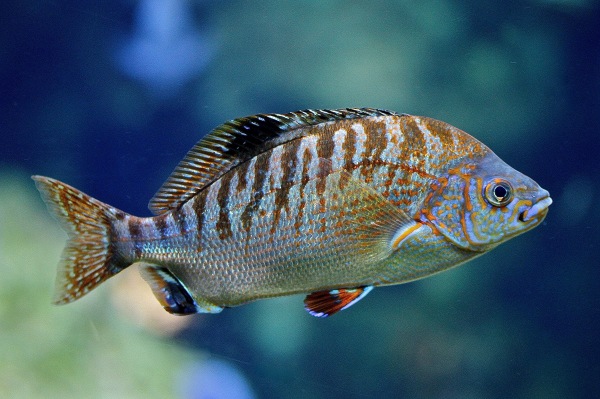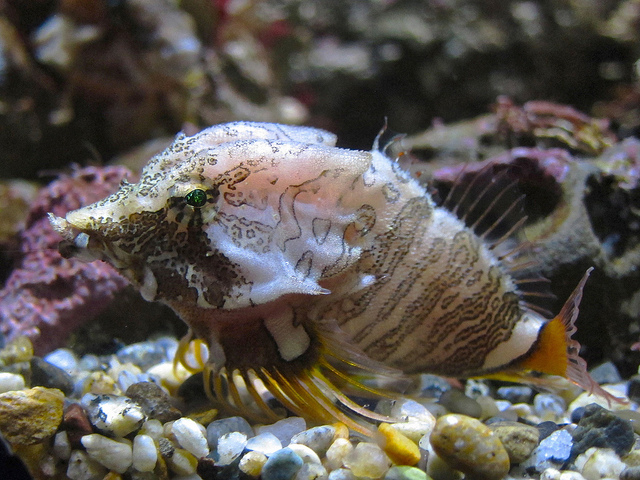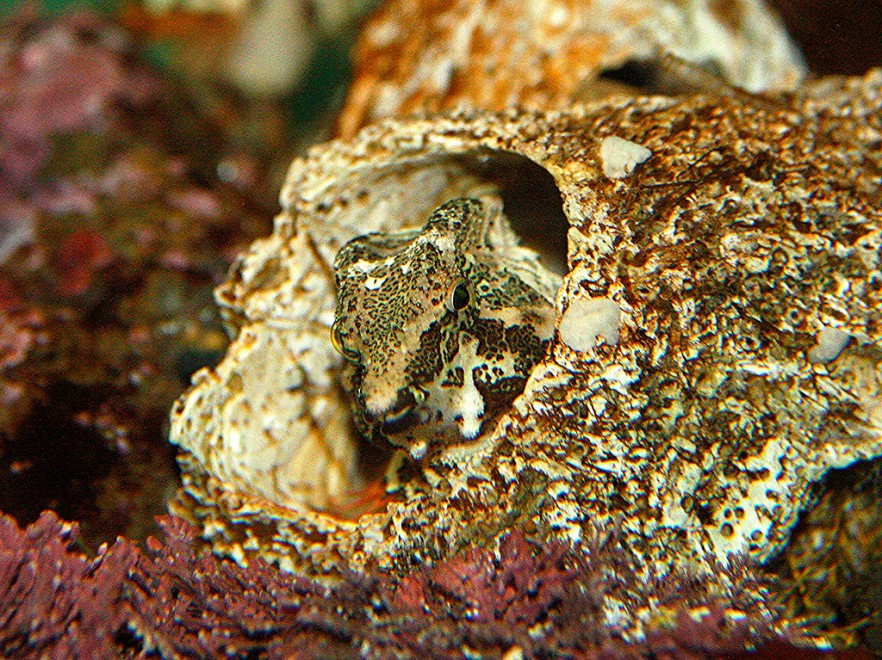TAXONOMY
Kingdom: Animalia
Phylum: Chordata (presence of a notochord (an internal skeletal rod that provides support) during some stage of the animal’s development).
Class: Reptilia (snakes, worm lizards, lizards, alligators, caimans, crocodiles, tortoises, turtles, and tuataras).
Order: Crocodylia (crocodiles, alligators, caimans and the gharial)
Family: Alligatoridae (Alligators and Caimans).
Genus/species: Alligator mississippiensis

GENERAL CHARACTERISTICS: The average adult size for a female is 2.6 m (8.2) and for males is 3.4 m (11.2 ft). Exceptionally large males can weigh over 450 kg (1000 pounds). They have muscular laterally flattened tails for propulsion and defense. Dorsally their skin is armored bony plates called osteoderms and scutes. They have four short legs with five toes on the front and four on the back. The snout is broad with upper facing nostrils to aid in breathing while major portion of the body is under water.
Differences between alligators and crocodiles:
1. Alligators tend to have wide, U-shaped, rounded snouts, while crocodiles tend to have longer, more pointed, V-shaped snouts.
2. The large lower fourth tooth of an alligator fits into a socket in the upper jaw and is not seen when the mouth is closed, whereas in crocodiles this tooth is visible.
3. Alligators live in freshwater; crocodiles tend to inhabit salt water. 4. On average alligators are smaller than crocodiles
Alligators have between 74 and 80 teeth, which are replaced as they wear down; an alligator can go through 2,000 to 3,000 teeth in a lifetime.
The average alligator adult size for a female is 2.6 m (8.2 ft) and for males is 3.4 m (11.2 ft). Exceptionally large males can weigh over 450 kg (1000 pounds). 
DISTRIBUTION/HABITAT: Southeastern United States, from North Carolina to the Rio Grande in Texas. Usually found in freshwater, especially in slow-moving rivers. They are also found in swamps, marshes, and lakes. They can tolerate salt water only briefly. They dig “gator holes” for use during low water periods in the summer.

DIET IN THE WILD: Alligators eat almost anything, but primarily consume fish, birds, turtles, mammals and amphibians.
Alligators spin on their long axis to rip off bite sized portions small enough to swallow when eating large animals such as deer.
Since they are ectothermic their need for food is decreased allowing them to survive without food for up to 3 years.
They are a mild threat to humans with approximately one death every 5 years reported between 1973-1990.

ACADEMY DIET: They usually consume about rodents and chickens three times per week which containing vitamins.
REPRODUCTION: The temperature at which American alligator eggs develop determines their sex. Eggs which are hatched at 90 to 93 degrees Fahrenheit become males, while those at 82 to 86 degrees fahrenheit become females. Intermediate temperature ranges yield a mix of both male and females. The hatchings grow rapidly, averaging over 1 foot of growth for each year of life. Both sexes reach sexual maturity at around 6 feet in length.
LONGEVITY: Wild: 35 to 50 years, captivity: 65 to 80 years.
CONSERVATION: Not listed by the IUCN with limited hunting allowed in some states.
REMARKS: The Academy has one white pink-eyed albino alligator born 9-15-1995.
Recent Claude stats
9-15-18 Claude 23 years old
2010 length 2.6m (8.5 feet), weigh 82 kg (181 pounds).
6-10-12 length 9.0 feet, weight 190 pounds.
6-10-13 length 3 meters or 9.5 feet, weight 100+ kg or 222 pounds.
He may be started on a weight reduction diet because he is a “bit chubby” according to Freeland Dunker staff veterinarian. The albino gene is recessive. Claud’s vision is impaired because of lack of pigment which protects the eye from ultraviolet rays of the sun.
Leucistic alligators are also white but have normal eye color thus are not albinos.
Color of Life note Color Conceals:
White alligators are prime example of what happens when color does not conceal. Albinism (total lack of pigment) results from a genetic change which puts the alligators at great risk because they are easy to spot by predators in their environment. Ref. California Academy of Sciences Color of Life Exhibit 2015
Swamp
References
California Academy of Sciences Swamp 2019
Encyclopedia of Life eol.org/pages/796029/details
Audubon Institute www.auduboninstitute.org/media/releases/audubon-insectari...
ARKive www.arkive.org/american-alligator/alligator-mississippien..
IUCN Red List (September, 2009) www.iucnredlist.org
Ron’s flickr http://www.flickr.com/photos/cas_docents/sets/72157625194985646/
Ron’s WordPress Shortlink http://wp.me/p1DZ4b-Bb
























